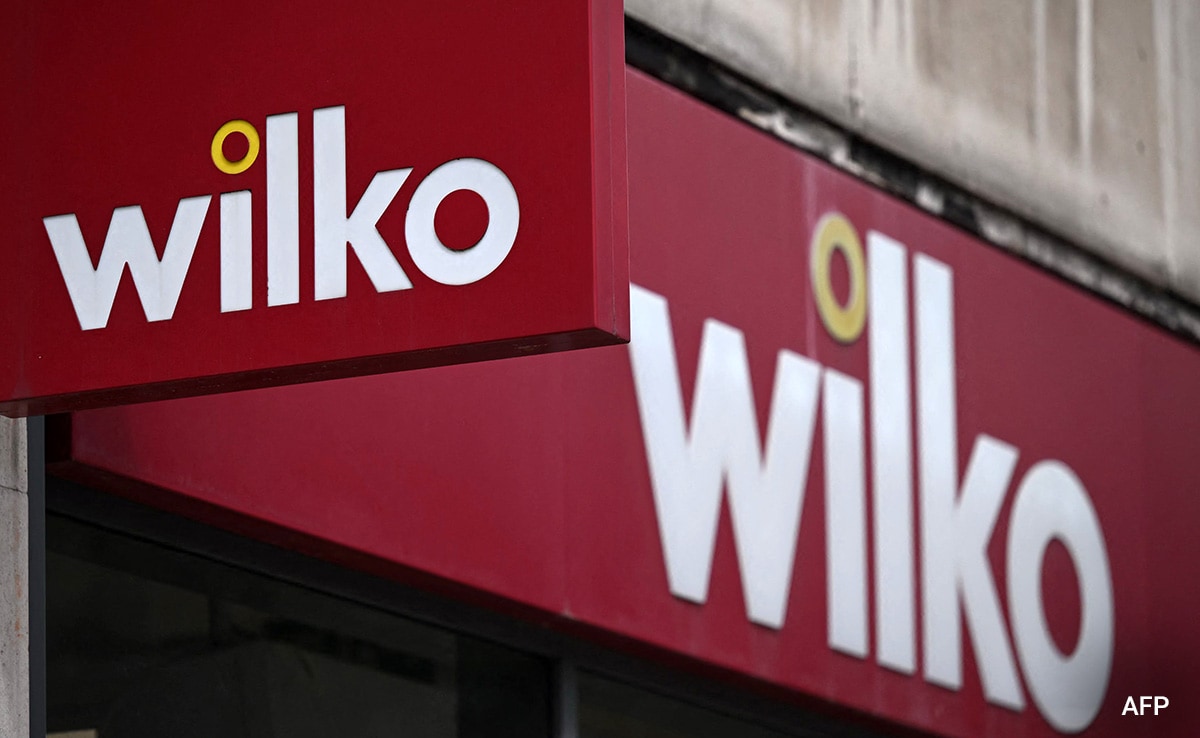Price stability has to be restored in order to ensure that the rising growth trajectory in the economy is sustained and economic conditions are not yet ripe to ease the restrictive monetary stance, RBI Deputy Governor Michael Debabrata Patra emphasised in his statement at the latest policy review by the Monetary Policy Committee (MPC), the minutes of the April 3-5 meeting show.
Observing that recent inflation prints and high frequency data on salient food prices indicated that food inflation risks remained elevated, Dr. Patra said, “A relatively shallow and short-lived winter trough is giving way to a build-up of price momentum as summer sets in, with forecasts of rising temperatures up to May 2024.” Also, some global food prices were firming up in an environment of rising input costs and supply chain pressures, he noted.
Retail inflation data for March released by the National Statistical Office last week showed food price inflation remained sticky at 8.52%, barely slower than February’s 8.66% as price gains quickened in cereals and meat, while vegetables, pulses, spices and eggs registered double-digit inflation.
Stating that the headroom provided by “steady core disinflation and fuel price deflation does not assure a faster alignment of the headline with the target”, he underlined that headline inflation could consequently be expected to remain in the upper reaches of the RBI’s 2%-6% tolerance band until favourable base effects came into play in the second quarter of 2024-25.
“Hence, conditions are not yet in place for any let-up in the restrictive stance of monetary policy. Downward pressure on inflation must be maintained until a better balance of risks becomes evident and the layers of uncertainty clouding the near-term clear away,” Dr. Patra emphasised.
Most crucially, he underlined that while domestic demand was expanding and the investment outlook was improving, “a stronger revival in private consumption and in corporate sales growth” would likely be contingent on greater confidence that inflation was declining on a durable basis.
Governor Shaktikanta Das too stressed on the importance of staying unwaveringly focussed on ensuring durable price stability.
“Success in the disinflation process should not distract us from the vulnerability of the inflation trajectory to the frequent incidences of supply side shocks, especially to food inflation due to adverse weather events and other factors. Overlapping food price shocks, apart from imparting volatility to headline inflation, may also result in spillovers to core inflation,” Mr. Das underlined.
However, external member Jayanth R. Varma, the sole voice of dissent on the six-member MPC, voted to cut the policy repo rate by 25 basis points, arguing that the real interest rate was currently excessively high and imposed costs on the economy’s growth momentum.
The real interest rate is one that has been adjusted for inflation. At the last MPC meeting, the repo rate was kept unchanged at 6.5% by a 5:1 vote.
“The outlook for inflation continues to be benign, and I remain convinced that a real interest rate of 1-1.5% would be sufficient to glide inflation to the target of 4%. The current real policy rate of 2% (based on projected inflation for 2024-25) is therefore excessive,” he asserted. “This unwarrantedly high real rate imposes significant costs on the economy… the fact that economic growth in 2024-25 is projected to slow by over half a percent relative to 2023-24 is a reminder that high interest rates entail a growth sacrifice,” he added.
Real GDP growth for 2024-25 is projected at 7.0% by the RBI. The NSO has estimated growth for the last fiscal year that ended on March 31 at 7.6%.








